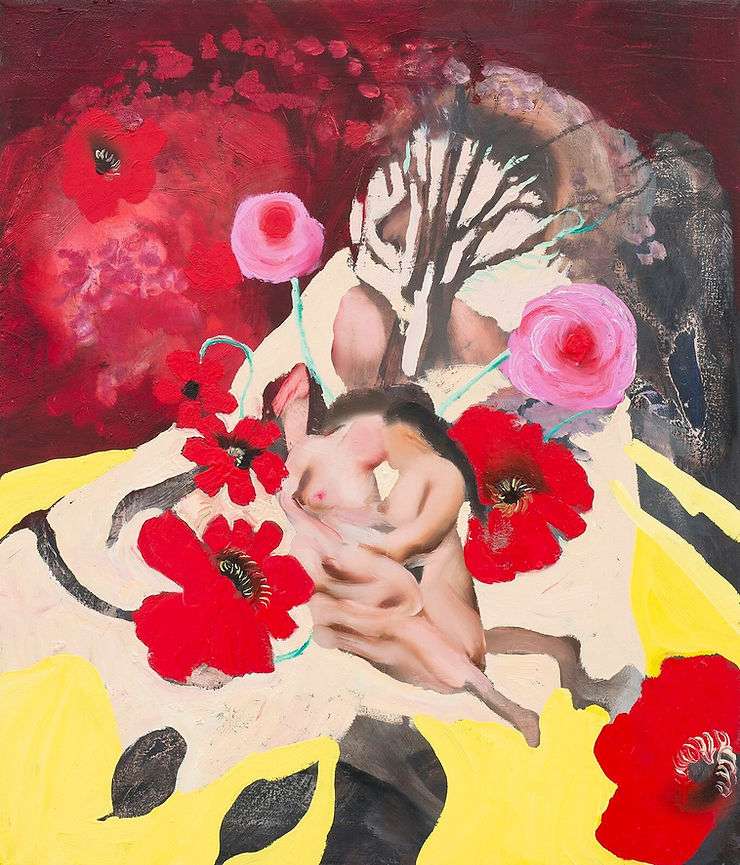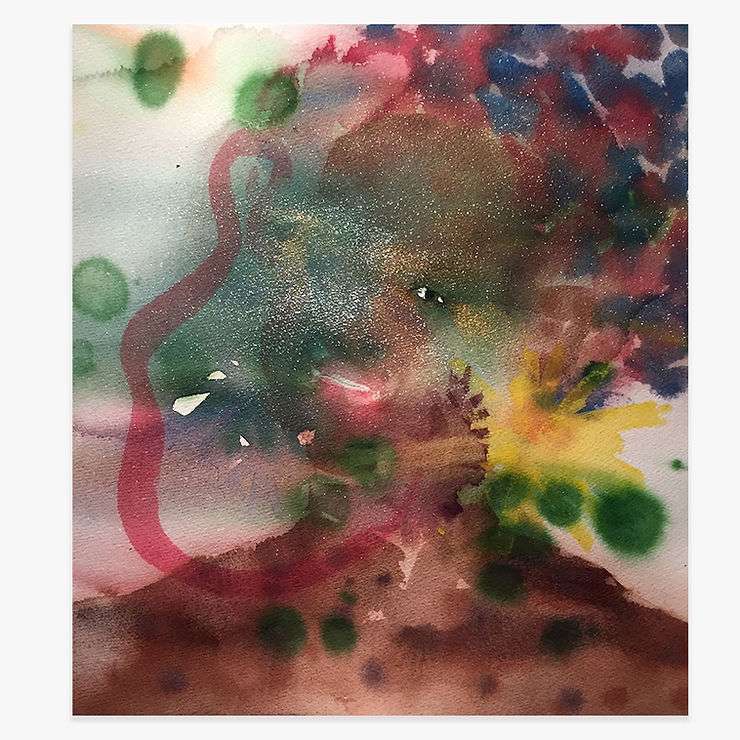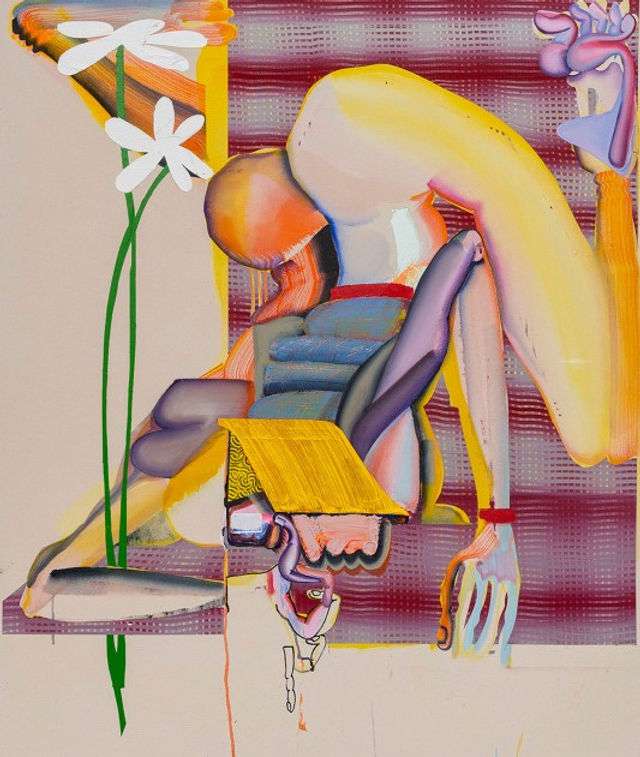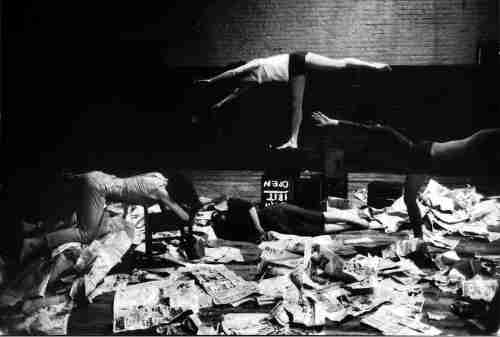Art has always challenged societal norms – packaging itself as a rebellion and subversion on canvas. The dichotomy of gender has been argued and criticised since historic times one of the earliest of which was Hermanphrodotos, a sculpture by the Greeks, that depicts an intersex person. The onset of feminist movements has created dialogue about gender roles and the performance of gender identity. While a majority of classical paintings reinforced the gender binary, contemporary art has been successful in subverting the orthodox take on gender to resist the conventions and depict its fluidity. The complexities of gender transcend time, linking us through art in our shared journey of traversing the gender spectrum.
Gender fluidity is a spectrum of identities that are not static, neither exclusively male or female that may change over time while rejecting the concept that gender is binary, i.e. only either male or female. Frida Kalho’s “Self Portrait with Cropped Hair” shows an androgynous character that may be Kahlo herslef and through her painting represented gender fluidity. One of the other famous examples of the depiction of gender fluidity could be Man Ray’s portrait of Marcel Duchamp in drag as Rrose Selavey, the ambiguity of the character in the photograph fresh in our minds still. Art, through its visual representations, is able to question gender norms and the socially constructed concept of gender in a powerful manner. While this task has been undertaken by various artists through the years, Art Fervour looks at a few contemporary favourites!
Dismantling the male gaze through elastic figures
The bodies in Ambera Wellmann’s artworks seem to be melting on the canvas, creating genderless figures that could either be all genders or none. In one of her works, she alludes to Henry Fuseli’s “The Nightmare”. While the former is less figurative, the composition of both paintings is similar. In her painting process, she keeps the paint mobile often layering the canvas with different interpretations of her idea while the paint is wet so that her visual representations remain malleable. The exaggerated elasticity of the figures in her paintings, which may seem like three dimensional sculptures on the digital screen, alludes to the fluidity of the gender spectrum.

Classical representations of bodies have largely catered to a patriarchal male gaze – especially through its depiction and inclusion of women in paintings. Margaret Atwood, the author, even goes so far as to say, “Even pretending you aren’t catering to male fantasies is a male fantasy: pretending you’re unseen, pretending you have a life of your own, that you can wash your feet and comb your hair unconscious of the ever-present watcher peering through the keyhole, peering through the keyhole in your own head, if nowhere else. You are a woman with a man inside watching a woman. You are your own voyeur.” Wellmann’s artworks are devoid of both the male gaze and voyeurism, reveling in the existence of our bodies no matter how flawed and depicting them before asserting any genders.
From sharp to fluid bodies
In a culture that prefers genders to be confined to rules and be static in nature, Faraj’s artwork is a refreshing subversion of the geometric, sharp representations that we see of bodies in the media. Her work seems to prioritise the essence of our beings over the constructed labels of the gender binary, expertly communicating the fluidity of gender through her use of watercolour in her work. The bodies in her paintings dance with one another in play and violence, making one wonder about the resistance and the dialogue one has not only with one’s peers, but also with oneself especially while engaging in wondrous revelations about one’s identity.

The eroticity in her work cannot be ignored; one can almost imagine an intimate conversation that the people in the paintings are having. In some paintings, the figures overlap one another communicating the way that we imbibe our identities from those around us. Classical art prioritised aesthetic appreciation over the content of art and Susan Sontag once suggested that women are enslaved to the notion of beauty. In extension, the representations of gender have primarily been engulfed by this idea of aesthetics. However, Faraj has overturned this mainstream heteronormative portrayal and fixation on “beauty” to represent queer, unidentified and soft sexual moments.
The self-image of gender and bodies
The pandemic (and the lockdowns) have had us all spending more time with ourselves than ever before. While we have had more time and limited space to end up gazing at our bodies in the mirrors for longer than we were used to, insecurities about the shape and form of ourselves may have crept up for some of us. Christina Quarles, through her artworks, depicts what it is like living inside one’s body. Gender identity and personal intimacy are closely related in that they nurture one another.

The artist depicts bodies that could be male, female, non-binary or other. While the limbs of these figures are more clearly painted, their body language makes one wonder, “Why did I think this is a man/woman only by looking at their fingers?” This leads to important introspection, discoveries and conversations. Gender roles and their connotations have been internalised over the years. John Berger said, “A large part of seeing depends upon habit and convention.” The portrayal of these non-binary and genderless bodies demands necessary attention to the dismantling of conventional gender identity, creating space for gender fluidity without alienating it.
Breaking stereotypes in between fiction and documentary
A performance artist and filmmaker, Wu Tsang tells stories of marginalized communities representing their queerness through movement in her performances. Through her video art, the artist, who identifies as “transfeminine and transguy”, combines stories of community organising, subcultures and gender. In her film “Wildness”, she gives a “whimsically fictional account” of the people at a gay bar. She communicats the fluidity of gender by depicting queer people breaking stereotypes that are generally associated with them.
By exploring the in-betweenness of people and their narratives, she successfully subverts the gender binary. The artist represents people who may be hyper-masculine or hyper-feminine while being androgynous. In doing so, she opens up new perspectives and dialogues that try to bring gender fluidity to the mainstream.

Gender fluidity is an umbrella term for people with dynamic gender identities that may change over time. Representing this constant state of flux comes in many different ways – whether it is through making fluid figures through watercolours, elastic genderless bodies or personal narratives of the complexities of gender in art. These portrayals not only create conversation but also make space for new narratives that must be highlighted.
Keen on learning more about the subversion of the male gaze in art? Read more here!




